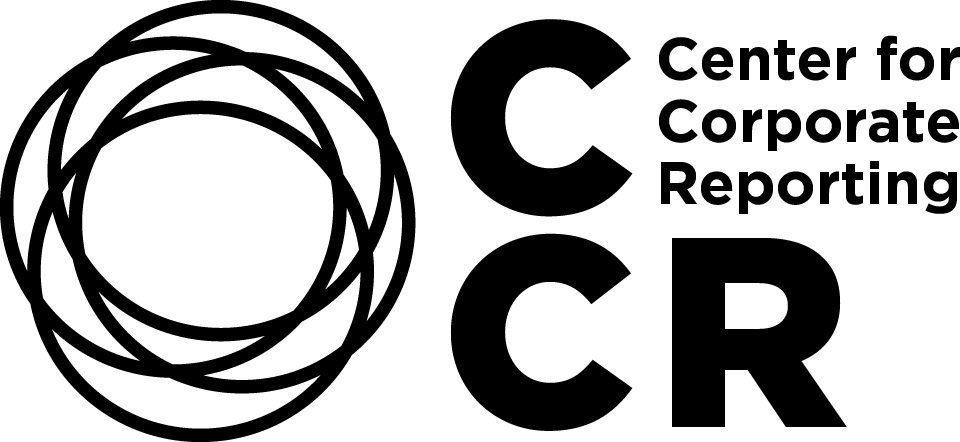The adjustment of income statement key figures has become standard practice in the Swiss equity market. By mid 2017 more than 90% of the listed companies in the Swiss Leader Index disclosed at least one adjusted performance indicator in the past four fiscal years. The differences to the audited figures are to some extent striking. Investors have no other choice than to familiarize themselves with this practice of adjusted figures.
Routine in the Swiss capital market
28 of the 30 listed companies in the Swiss Leader Index (SLI) have shown at least one adjusted key figure in the past four fiscal years. 19 SLI companies have made adjustments in all of the four years. Only two companies – Sika and Swatch Group – have not published adjusted figures. Adjusting income statement figures has become routine in the Swiss equity market.
Adjusted key figures have also made news lately in the Swiss financial press as a result of the turbulent situation at Aryzta. Based on this growing prevalence even the Swiss Exchange recently felt it needed to propose a draft for consultation on the use of such figures. This occasion has prompted us to take a closer look at the adjustment practices of SLI listed companies.
What is an adjusted key figure?
An adjusted key figure is a modified number in the income statement or balance sheet that a particular company voluntarily publishes as a supplement to its audited figures according to IFRS, US-GAAP or Swiss GAAP FER. In this context terms such as alternative, pro-forma, adjusted or non-GAAP key figures all have a voluntary modification element as a common denominator. Adjusted values are often prominently placed in news releases, annual reports and corporate presentations. By indicating such numbers management would like to supplement the audited annual accounts with further information. Besides communicating additional information, alternative key performance indicators can be intentionally used as a bias to influence the investor. This entails certain risks.
Caution in interpretation
Adjusted key figures are not governed by a recognized accounting standard – with the consequence that not all companies carry out the same adjustments. This affects the comparability of the various figures and is a significant disadvantage in peer comparisons and sector analyses.
Adjusted key figures are not bad per se. They can be an important source of information for investors as relevant accounting rules are often unable to portray company-specific characteristics. On the other hand, they can also obscure the actual operational position. That is why a heightened awareness is critical in interpreting such figures to avoid any misinterpretations.
Wide range in adjusted earnings
The scope in adjusted key figures is very broad. The span ranges from (almost common) adjustments in net income and EBIT to adjusted balance sheet figures. To obtain a quantitative impression of the issue we closely examined the adjusted net income and earnings per share of SLI companies. Only those companies explicitly publishing an adjustment on the level of net income or earnings per share were considered. Companies that made adjustments above net income were not taken into account. These include the two major banks UBS and Credit Suisse, both of which to some extent made significant adjustments to their earnings before taxes. The following is a summary of certain findings:
In the fiscal year 2016 the sum of the adjusted net income of SLI companies is over 30% higher than that of the audited net income.
Exclusions in expenses outweigh those in income – only 8 companies have disclosed an adjusted net income in the past four fiscal years that was below the audited net income.
16 companies have published at least one adjusted earnings per share in the last four fiscal years, 11 of them during the full evaluation period.
The differences between adjusted and audited earnings per share are to some extent massive – the difference in the front runner is more than hundredfold.
Investors need to familiarize themselves with this practice
There appears to be no abatement in the use of such figures in the market – on the contrary, the tendency is rising. In 2013 there were 22 SLI companies publishing adjusted financial figures, and 25 SLI companies in 2016. Even the amount of the adjusted items has increased over the four years evaluated. A SIX guideline will not change anything. A complete ban is neither probable nor meaningful. Investors have no other choice than to familiarize themselves with the practice.
Companies bear the responsibility
In order for adjusted figures to fulfill their purpose of offering additional information the publishing companies must consider certain points. The adjusted figure should always be identified as such, and clearly distinguished from the audited figure. For the sake of transparency, a detailed transition to the related audited figure is absolutely necessary. It should be noted that all adjusted items should be published (no collective items) and maintain the one-off character. Last but not least, from an investor’s perspective a reason for the disclosure is desirable. This should clarify why management would like to communicate another investment case as the figures in the audited annual accounts present.
Sven Bucher is Head of Equity and Bond Research at Zurich Cantonal Bank. He is a member of the Board of the Swiss Financial Analysts Association (SFAA) and AZEK. In addition, he is a member of the Executive Committee of FER, the Index Commission of the SIX Swiss Exchange and the Investment Committee of the Pension Fund of Zurich Cantonal Bank.
Yves Becker works in equity research at Zurich Cantonal Bank. He has a master’s degree in economics from the University of Zurich with a specialization in Banking & Finance. Prior to his activities at ZKB his activities included work in the reporting department of a Swiss industrial group and at an M&A consultancy.


